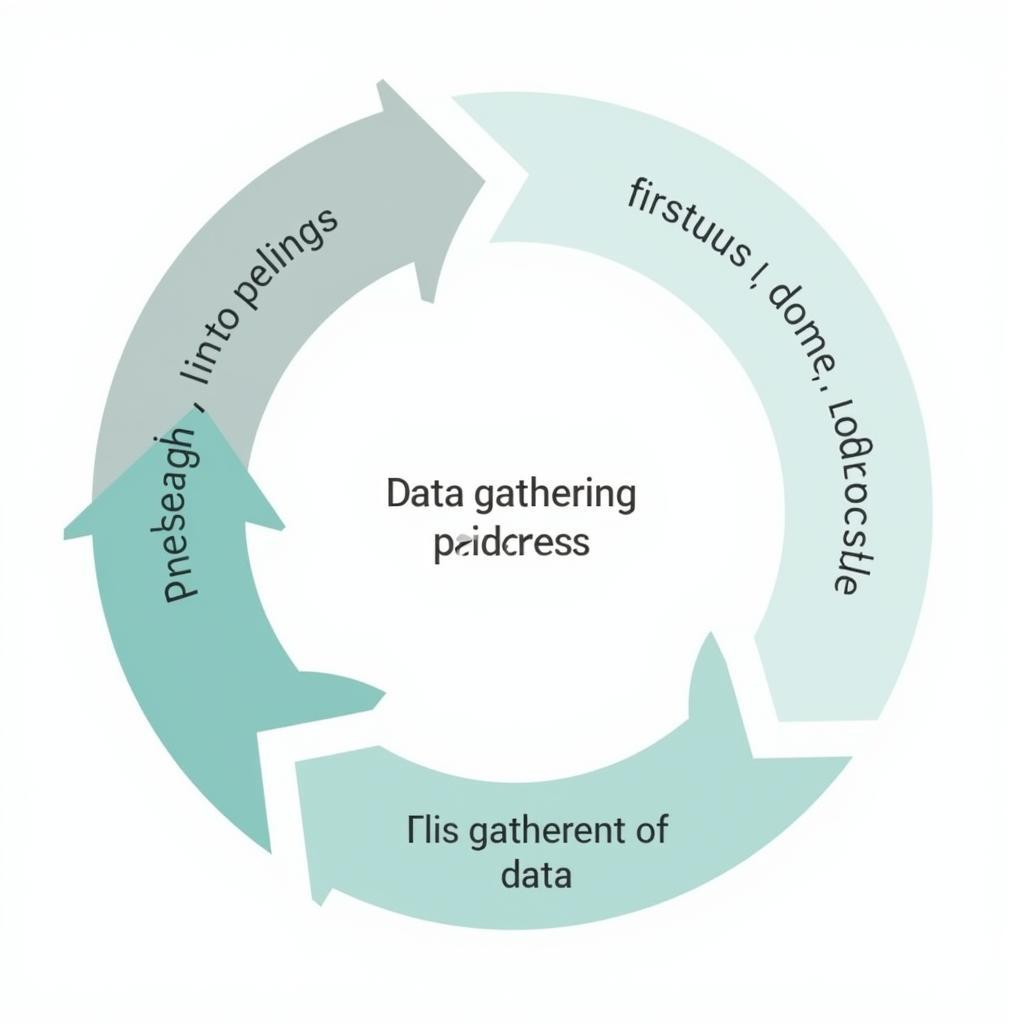After researchers have gathered data, the journey has just begun. Raw data is like a puzzle box, full of potential but ultimately meaningless without careful analysis and interpretation. The process following data collection is crucial for turning raw information into actionable insights and contributing to the body of knowledge.
Data Analysis: Unlocking the Secrets Hidden Within
The immediate step after researchers have gathered data is analysis. This involves organizing, cleaning, and transforming the data into a usable format. Think of it like sorting through a mountain of puzzle pieces, discarding any that are damaged or don’t belong, and grouping similar pieces together. This initial stage sets the foundation for extracting meaningful information.
What does this entail in practice? It depends on the type of data collected. Quantitative data, involving numbers and measurements, might be analyzed using statistical software. Qualitative data, such as interviews or observations, requires different approaches like thematic analysis or content analysis. The goal is to identify patterns, trends, and relationships within the data.
Interpretation and Drawing Conclusions: Making Sense of the Findings
Once the data is analyzed, researchers move to interpretation, the process of making sense of the analytical findings. This is where they connect the dots, explaining what the patterns and trends mean in the context of the research question. This stage is crucial because it transforms raw data into actionable knowledge. Researchers ask themselves: What story is the data telling? Do the findings support or refute the initial hypothesis? What are the implications of these findings?
Interpretation is not about simply summarizing the data; it’s about drawing meaningful conclusions based on the evidence. This involves careful consideration of the research design, the limitations of the study, and potential biases.
From Data to Dissemination: Sharing the Knowledge
After researchers have gathered data, analyzed it, and drawn conclusions, the next crucial step is dissemination. This involves sharing the research findings with the wider community through various channels. This might include publishing in academic journals, presenting at conferences, or even creating accessible content for the public.
Why is Dissemination Important?
Dissemination is crucial for several reasons. It allows other researchers to build upon the findings, fostering scientific progress. It also allows practitioners in various fields to apply the new knowledge to real-world problems. Finally, it contributes to public understanding of important issues.
Dr. Amelia Hernandez, a renowned research methodologist, emphasizes the importance of clear and accessible dissemination: “Research that sits on a shelf gathering dust serves no one. It’s our responsibility as researchers to share our findings in a way that is understandable and impactful.”
What Happens After Researchers Have Gathered Data: A Step-by-Step Summary
- Data Cleaning and Preparation: Raw data is organized, cleaned, and transformed into a usable format.
- Data Analysis: Appropriate analytical methods are applied to identify patterns, trends, and relationships within the data.
- Interpretation: Researchers make sense of the analytical findings, drawing conclusions based on the evidence.
- Dissemination: Findings are shared with the wider community through various channels.
- Further Research: The research cycle continues, with new questions arising from the findings, leading to further data collection and analysis.
 Research Cycle and Data Gathering
Research Cycle and Data Gathering
Conclusion
After researchers have gathered data, the real work begins. The process of analysis, interpretation, and dissemination is crucial for transforming raw information into actionable insights that can advance knowledge and improve our understanding of the world. This careful, meticulous approach ensures that the research journey, from initial question to final conclusion, is both rigorous and meaningful.
FAQ
- What is the first step after data collection? Data cleaning and preparation.
- How do researchers analyze data? They use methods appropriate to the type of data collected, such as statistical analysis for quantitative data and thematic analysis for qualitative data.
- What does data interpretation involve? Making sense of the analytical findings and drawing conclusions based on the evidence.
- Why is dissemination important? It allows others to build on the findings, apply the knowledge, and contribute to public understanding.
- What happens after dissemination? The research cycle continues, with new questions arising, leading to further research.
Scenarios Where These Questions Are Commonly Asked
These questions are commonly asked in research methodology courses, academic conferences, and discussions about research projects.
Further Exploration
Explore our other articles on research methodology and data analysis.
Need support? Contact us at Phone: 0904826292, Email: [email protected] or visit us at No. 31, Alley 142/7, P. Phú Viên, Bồ Đề, Long Biên, Hà Nội, Việt Nam. We have a 24/7 customer support team.